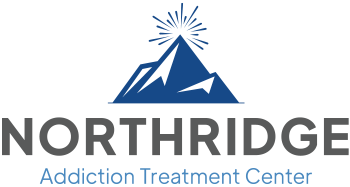Lean Side Effects
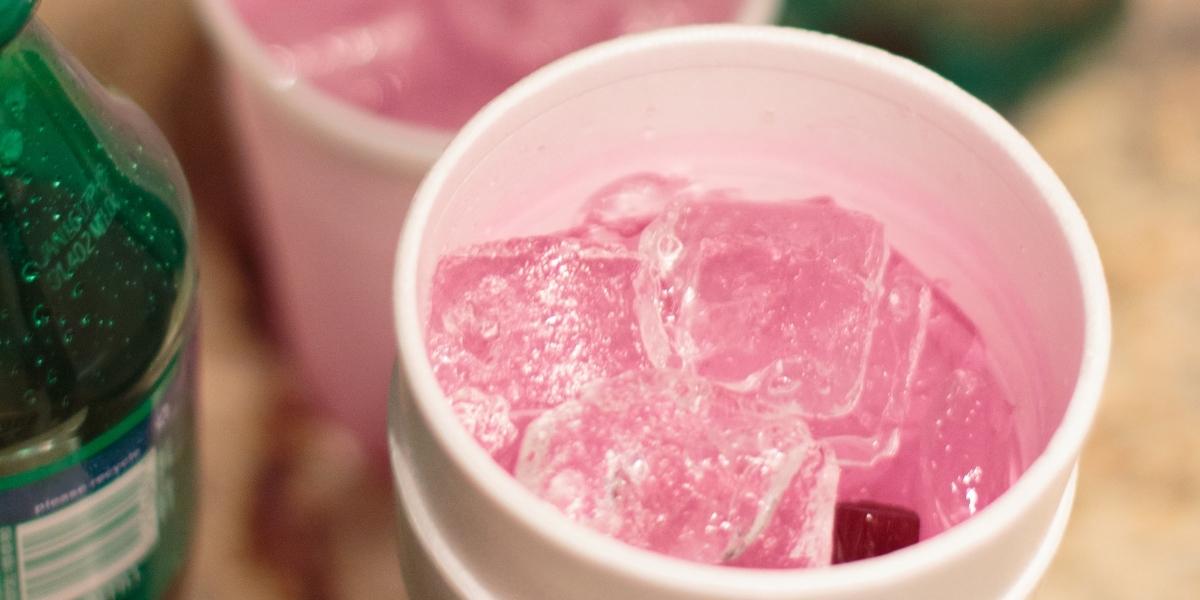
Also known as purple drank or sizzurp, lean is often considered a harmless party drug amongst rappers and their young adult fans, but its side effects cause long-term health problems and numerous overdose deaths yearly.
The truth about lean is that it contributes to the opioid crisis. Its main ingredient is codeine which is an opioid. Regardless of how small the dose is, opioids have dangerous side effects that become even more severe when mixed with alcohol or drugs, as many lean users do.
Lean is a mixture of prescription-strength cough syrup containing codeine and soft drinks, sometimes with alcohol and candy added. One of the reasons purple drank has become so popular is that it is readily available, tastes good, and is easy to conceal in public and social situations.
Popular media has given lean a strong foothold in pop culture and social media. During the 1990s, lean started to gain popularity, especially in southern hip-hop circles, specifically in the chopped and screwed genre.
It has recently reached mainstream fame with rappers like Lil Wayne and Mac Miller featuring lean prominently in their lyrics, public appearances, and interviews. Pop stars Justin Beiber and Juice WRLD had publicly discussed their struggles with lean abuse. Sadly, Mac Miller and Juice WRLD died from accidental overdoses involving other drugs.
What’s Lean?
Lean, also known as purple drank and sizzurp, is the name for drug cocktails made from prescription cough syrup, soft drinks, and flavored candy.
Sizzurp earned its name because users frequently become drowsy and lean over or against something to stay upright and balanced. It is common for people to mix alcohol with lean because it enhances its effects.
Other common names for lean include:
- Purp
- Dirty Sprite
- Purple drank
- Sizzurp
- Drank
- Texas tea
- Player potion
- Purple jelly
- Sip-sip
- Oil
Although purple drank is made with legal, readily available substances, it is still an addictive substance that can have life-threatening side effects and lead to a fatal overdose.
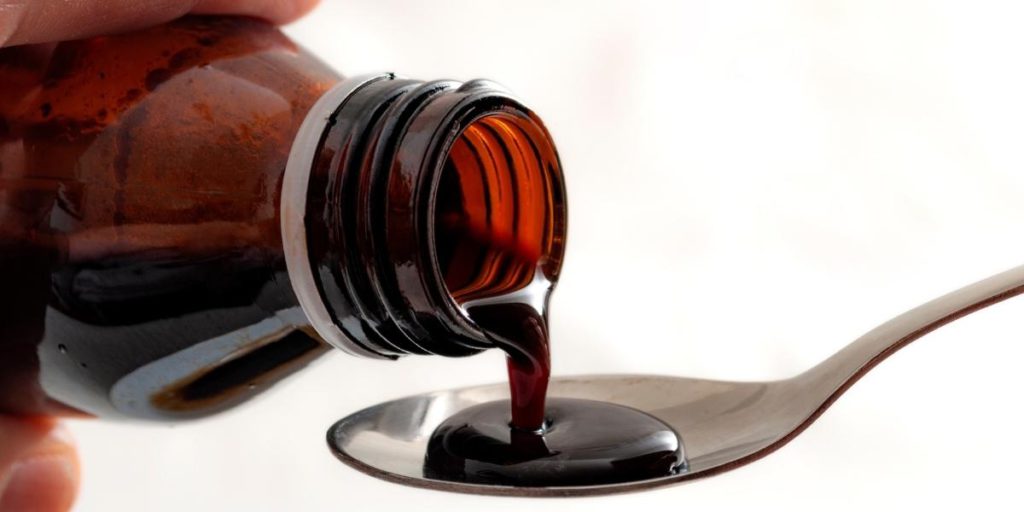
What Color Is Lean?
The slang for lean, purple drank refers to the color made from a mix of prescription cough syrups that are tinted purple and give lean the same color. But lean can be a variety of colors depending on what people mix it with. Some mixtures are a mix of purple and red, called red lean.
What Is in Lean?
Lean is a liquid mixture of prescription-strength cough medicine with codeine, cough syrup’s active ingredient, promethazine, soft drinks, hard candy, and sometimes alcohol. Codeine is an opiate that makes purple drank addictive, causing its euphoric effects
Codeine is an opioid, and even though it is not as potent as other prescription opioids like morphine and oxycodone, it is still an addictive central nervous system depressant that can potentially be life-threatening at high doses. Cough syrup containing codeine is regulated and requires a prescription, making it difficult to get for some people. Alcohol is popular to add to sizzurp because it intensifies the effects. Alcohol is also a central nervous system depressant.
When codeine is unavailable, many people will substitute cough and cold medications with dextromethorphan (DXM), a central nervous system depressant with similar sedative effects to codeine.
The National Institute on Drug Abuse (NIDA) cites DXM as the most abused over-the-counter medicine, especially in combination with alcohol and marijuana.
Drinking cough suppressants with dextromethorphan straight out of the bottle to get high is called robotripping, though it is less common than mixing it with soda to make lean.
The most common soft drink used to mix lean is Sprite, but others are used too, depending on the flavor a user likes. The flavoring and carbonation make it easier to drink. Carbonation also causes drugs and alcohol to enter the bloodstream quicker, so adding soft drinks causes lean to kick in sooner. People add candy like Jolly Ranchers to dissolve in the mixture for more flavor to help cover up the taste of cough syrup and alcohol.
Large doses of central nervous system depressants have dangerous side effects and can cause fatal overdoses. Drinking lean is especially dangerous because most people don’t measure the amount they mix and frequently down it before the effects set in, meaning by the time you realize you’ve had too much, you can already be experiencing an overdose
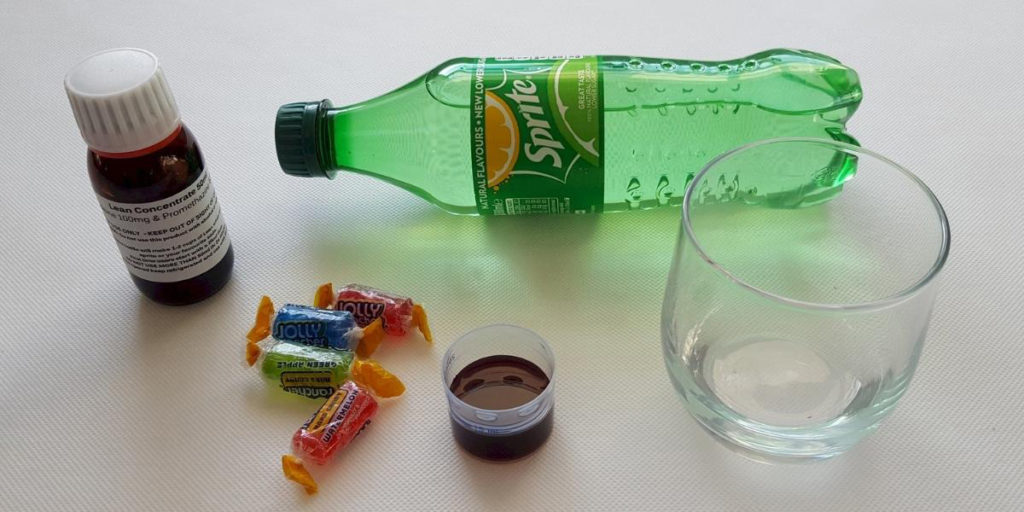
Credit: Dominic Milton Trott
CC BY 2.0
What Does Lean Do to You?
The name lean comes from one of the most common effects— it makes you lean over and struggle to stay awake. Prescription opioids interact with the brain and central nervous system to cause feelings of euphoria, relaxation, and a body buzz.
Some other immediate effects of lean include:
- Slow reflexes
- Drowsiness
- Dizziness
- Loss of balance
- Lack of coordination
- Lethargy
- Numbness
- Nausea
- Blurry vision
- Slurred speech
- Slowed breathing
The effects of sizzurp set in about 30 to 45 minutes after ingesting it and can last up to six hours; however, because most users constantly sip on the lean mixture or mix it with other drugs and alcohol, the high can be unpredictable.
Side Effects of Lean
There is a misconception that lean is safer than other drugs and prescription opiates because it is not as strong. The reality is that codeine is an opioid and carries the same risks and side effects as other prescription opioids.
In some cases, drinking sizzurp is more dangerous because it is harder to measure and track how much you’ve had, especially if someone else mixed it for you. Adding alcohol and large amounts of sugar can complicate side effects even more.
Side effects of lean include:
- Dry mouth
- Stomach aches
- Diarrhea
- Nausea
- Vomiting
- Constipation
- Confusion
- Memory loss
- Headaches
- Irregular heartbeat
Drinking lean repeatedly and long-term can cause additional, long-lasting health effects.
Side effects of long-term lean use include:
- Weight gain
- Diabetes
- Urinary tract infections
- Dental damage and decay
- Chronic breathing problems
- Heart palpitations
- Memory loss
- Seizures
- Withdrawal
Mixing purple drank with alcohol and drugs can accelerate and complicate side effects and any pre-existing mental health and medical conditions.
Much like any other drug, repeatedly drinking sizzurp builds tolerance and requires more and more over time to feel high and get any enjoyment. An emerging trend in long-term users is their tendency to transition to more potent opioids as their addiction becomes more severe.
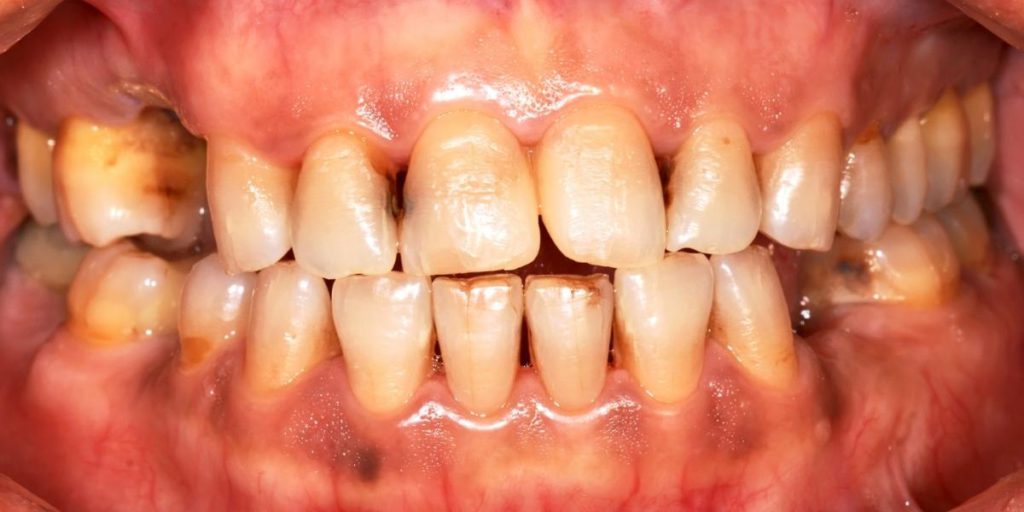
Lean Drug Abuse
Lean abuse and addiction are growing issues in the United States, especially among young people. Besides rappers and pop stars referencing purple drank in their music and interviews, one study found thousands of posts and hundreds of hashtags related to it. Many of the posts also referenced other drugs in conjunction with lean.
Previously, many people associated lean with hip-hop culture and African Americans. However, current statistics show that its use is spread across all races and demographics and is gaining popularity in the rave and club scene.
Researchers interviewed habitual lean users and were shocked to discover that many didn’t know any drug facts about purple drank. The majority of them didn’t know that it has codeine in it. Many others didn’t realize codeine is an opioid.
People who don’t know that lean has an opioid in it might not even realize that they are developing an addiction, let alone an opioid use disorder. The same people interviewed admitted to using alcohol and drugs at the same time they drank sizzurp. Not only does this increase the risk of fatal overdoses, but it can lead to addiction to multiple substances, or what is called polysubstance abuse.
Like all opioid-based drugs, quitting lean comes with opioid withdrawal symptoms that can be dangerous and life-threatening. Unlike many opioid-based medications, you cannot taper off lean by reducing doses. When quitting purple drank safely, there is no substitute for medical advice and professional treatment.
Most medical professionals will recommend medical detox at an inpatient addiction center, followed by a treatment program to address the psychological aspects of addiction.
Treating Lean Addiction with Evidence-Based Rehab
If you are struggling with an addiction to lean and a co-occurring disorder, Northridge Addiction Treatment Center can help you reclaim your life. NATC provides integrated, evidence-based substance abuse treatment for lifelong recovery.
At Northridge Addiction Treatment Center, we offer dual diagnosis and on-site medical detox with 24-hour medical care and support to help you safely conquer withdrawal before transitioning into our residential treatment facility. Through our transformative treatments, therapies, and support groups, we examine and heal the roots of your addiction with an individualized treatment plan to foster the confidence and skills to overcome challenges you will face in your future.
Contact us today with any questions and concerns you have. Our treatment specialists look forward to helping you take the first steps on your path to recovery.
Find Meaningful Recovery
Our caring and compassionate specialists are eager to help you comfortably navigate this journey to recovery. Our individualized treatment plan, programs, and therapies may be a perfect match for you or your loved one. Let us assist you in living the happy life you deserve. It starts with a phone call.

